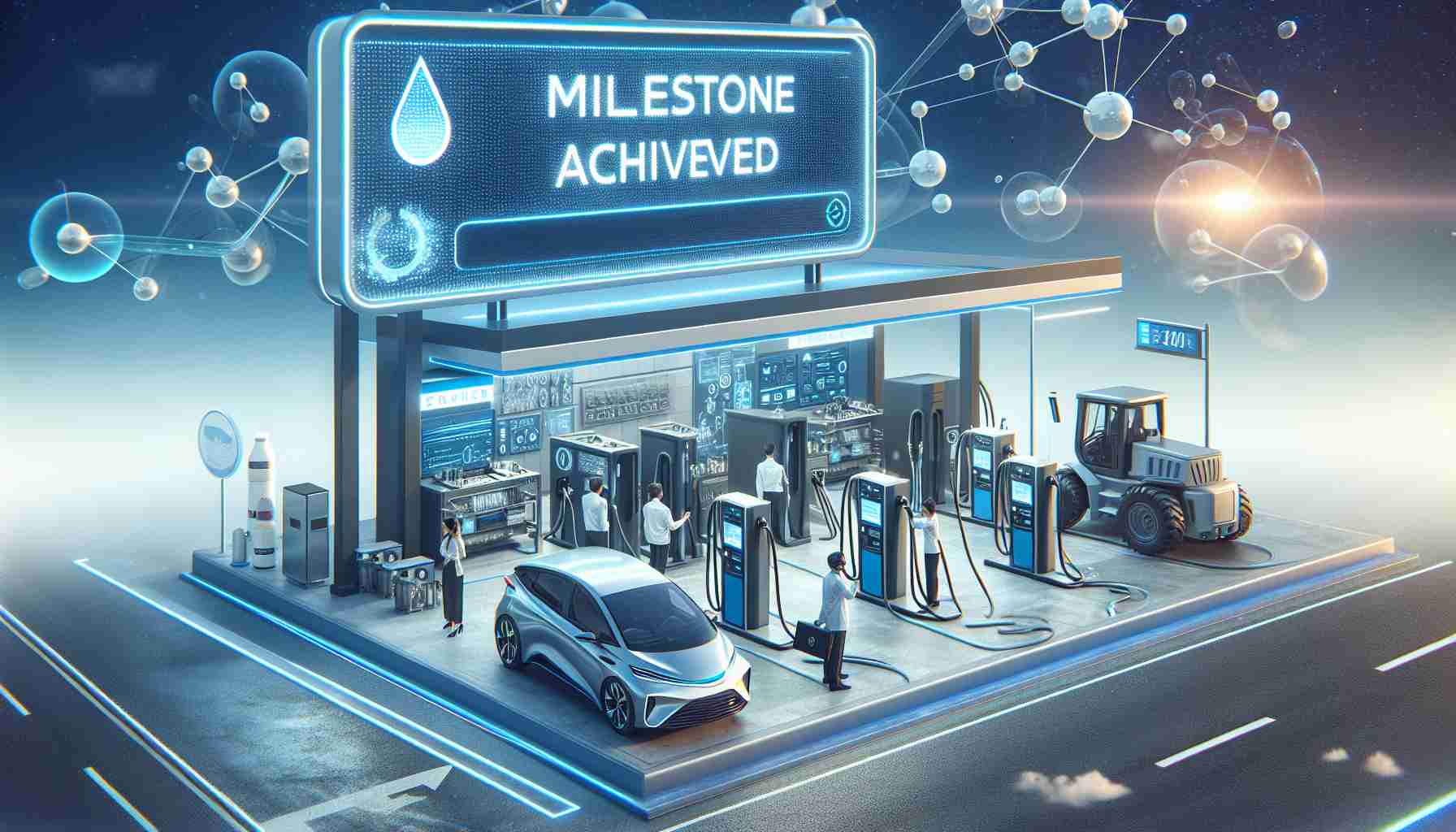November 28, 2024—Significant advancements have been made in the realm of hydrogen fuel technology, with Mitsubishi Heavy Industries, Ltd. (MHI) successfully completing an extensive durability test on their cutting-edge Ultra-High-Pressure Liquid Hydrogen Booster Pump. This pump, designed to operate at a remarkable pressure of 90 MPa (900 bar), serves a crucial role in hydrogen refueling stations for both fuel cell vehicles and trailers.
The pump underwent rigorous testing that lasted for over a year, achieving a milestone of 1,200 operational hours without making any major repairs. It completed an impressive 1,500 refueling cycles, all while maintaining cryogenic temperatures around -253°C. The test showcased the pump’s ability to reliably deliver a high flow rate of 160 kg per hour, underscoring its operational efficiency and resilience.
Conducted in collaboration with FirstElement Fuel, Inc. at their Livermore Hydrogen Hub, this trial offered a real-world setting to ascertain the pump’s functionality. Throughout its operation, it pumped around 140 tons of liquid hydrogen, enough to refuel a fleet of 5,000 hydrogen fuel cell buses and produced minimal boil-off gas.
With plans to install this advanced pump at a major hydrogen station in Japan by April 2025, MHI’s achievement is expected to significantly enhance the reliability and efficiency of hydrogen refueling, paving the way for a sustainable hydrogen economy.
FAQ Section
What is the purpose of the Ultra-High-Pressure Liquid Hydrogen Booster Pump?
The Ultra-High-Pressure Liquid Hydrogen Booster Pump is designed for hydrogen refueling stations, serving both fuel cell vehicles and trailers. It helps in efficiently transferring liquid hydrogen at high pressures.
What pressure can the pump operate at?
The pump can operate at a remarkable pressure of 90 MPa (900 bar).
How long was the pump tested, and what were the results?
The pump underwent a durability test that lasted over a year, achieving 1,200 operational hours without major repairs and completing 1,500 refueling cycles.
What are the operational conditions under which the pump operates?
The pump operates at cryogenic temperatures around -253°C and is capable of delivering a flow rate of 160 kg per hour.
Where was the pump tested?
The pump was tested at the Livermore Hydrogen Hub in collaboration with FirstElement Fuel, Inc.
What are the future plans for the pump?
Mitsubishi Heavy Industries plans to install the pump at a major hydrogen refueling station in Japan by April 2025, enhancing the reliability and efficiency of hydrogen refueling.
What is boil-off gas, and how much did the pump produce?
Boil-off gas refers to the gaseous hydrogen that can evaporate from the liquid hydrogen due to heat input. The pump produced minimal amounts of boil-off gas during its operation.
Why is this pump significant for the hydrogen economy?
The successful performance of this pump is expected to significantly enhance the reliability and efficiency of hydrogen refueling stations, thus paving the way for a more sustainable hydrogen economy.
Key Terms
– Ultra-High-Pressure: Refers to operational pressures that are significantly higher than standard atmospheric pressure, in this case, 90 MPa (900 bar).
– Cryogenic Temperatures: Extremely low temperatures, specifically below -150°C, used to store and handle gases like hydrogen in liquid form.
– Boil-off Gas: The gas that is generated from liquid hydrogen when it is exposed to ambient temperature and pressure, causing it to evaporate.
Related Links
Mitsubishi Heavy Industries
FirstElement Fuel, Inc.
